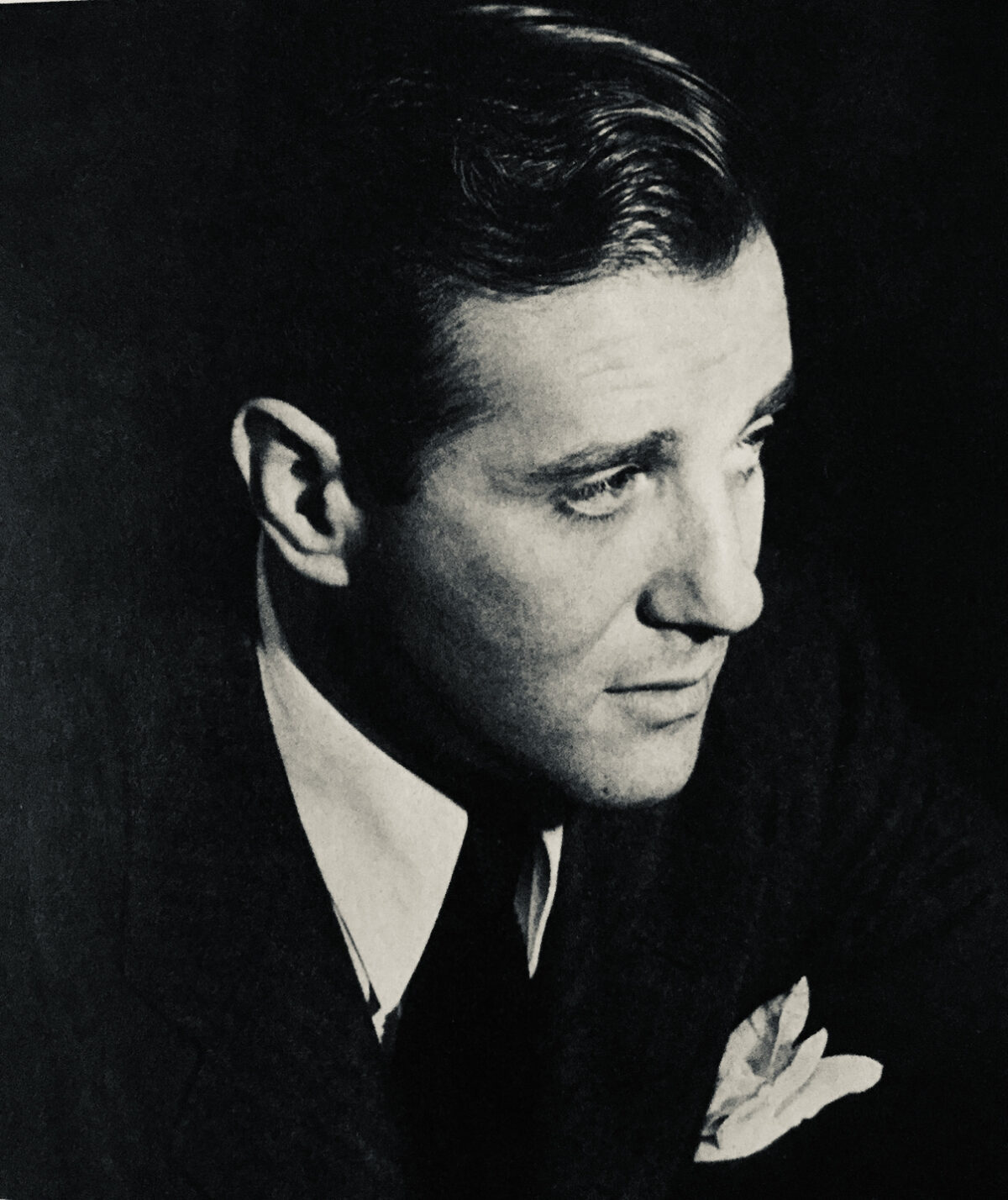He was a bootlegger, racketeer, gambler, murderer and casino operator. Active through the 1920s, 1930s and much of the 1940s, Benjamin (Bugsy) Siegel was a notorious Jewish gangster.
A close associate of the hoodlums Meyer Lansky and Charles (Lucky) Luciano, he was a principal in the Syndicate, an amalgam of Italian, Irish and Jewish mobsters who imposed a semblance of order in the chaotic world of organized crime. Siegel, too, was a central figure in Murder Inc., the enforcement arm of the Syndicate. He supposedly killed a dozen men and oversaw the contract killings of many more.
Siegel is the subject of Michael Shnayerson’s vivid biography, Bugsy Siegel: The Dark Side of the American Dream, published by Yale University Press. As he points out, Siegel is the first gangster to be included in its Jewish Lives series, which has profiled a pantheon of notable Jewish figures ranging from Irving Berlin and Albert Einstein to Theodor Herzl and Yitzhak Rabin.
By Shnayerson’s reckoning, Siegel’s descent into crime was, in a sense, preordained. Finding the doors of early 20th century America closed due to antisemitism, Jews like him climbed “the crooked ladder of social mobility.” And as the commentator Malcolm Gladwell has observed, crime was the means by which some new Americans could “transcend their humble origins.”
Siegel’s parents, Max and Jenny, along with 800 other immigrants in steerage, arrived in the United States from the Russian empire on July 1, 1900 by way of Liverpool. Max, a tailor whose mother tongue was Yiddish, was a presser in a garment factory on the Lower East Side of New York City. They lived in a dank apartment lit by kerosene lamps and bereft of running water or indoor plumbing.
Siegel was born on March 4, 1906. Like many of his peers, he dropped out of school, gravitated into petty crime, joined a street gang, and modelled himself after local underworld characters. Due to his explosive temper, he was known as the chaye, or the beast. From that point onward, he was referred to as Bugsy. Some would call him a sociopath.
He met Lansky, a Russian Jew, after Lansky formed a gang for self-defence against antisemitic Irish and Italian gangs. With the start of Prohibition in 1920, Lansky established a business relationship with Arnold (The Brain) Rothstein, the first gangster to jump into bootlegging on an international scale.
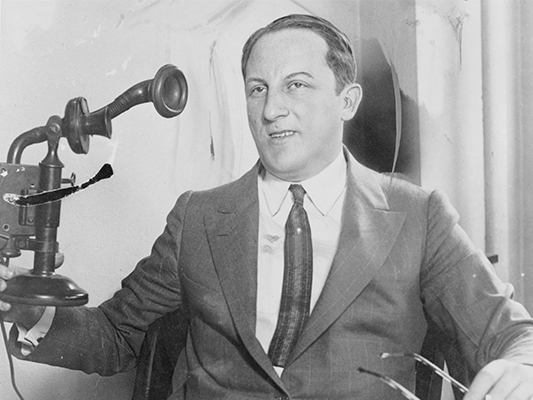
Lansky, in turn, persuaded Rothstein to hire Siegel as a driver. Siegel’s job was to transport illegal alcohol from warehouses to speakeasies. As well, Rothstein hired Luciano, Frank Costello, Vito Genovese, Albert Anastasia and Giuseppe Doto, all of whom would rise in the ranks of the underworld and work with such up-and-coming Jewish gangsters as Waxey Gordon, Abner Zwillman, Louis Buchalter and Jacob Shapiro.
By the mid-1920s, Siegel and Lansky were rich, but mayhem still plagued their business, with shoot-outs and murders a common occurrence. With the formation of the Syndicate in 1931, Siegel, Lansky and Luciano brought stability to bootlegging.
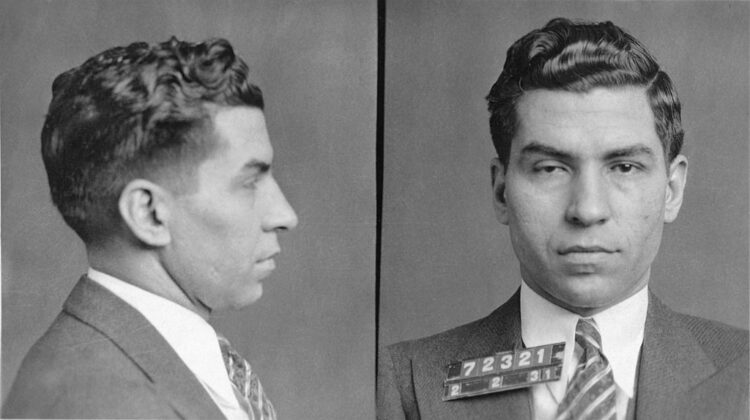
When Prohibition ended in 1933, the Syndicate branched into gambling. Lansky moved to Miami, while Siegel went to Los Angeles, where he acquired interests in horse and dog tracks, restaurants and nightclubs. Surprisingly enough, he managed to maintain a clean police record.
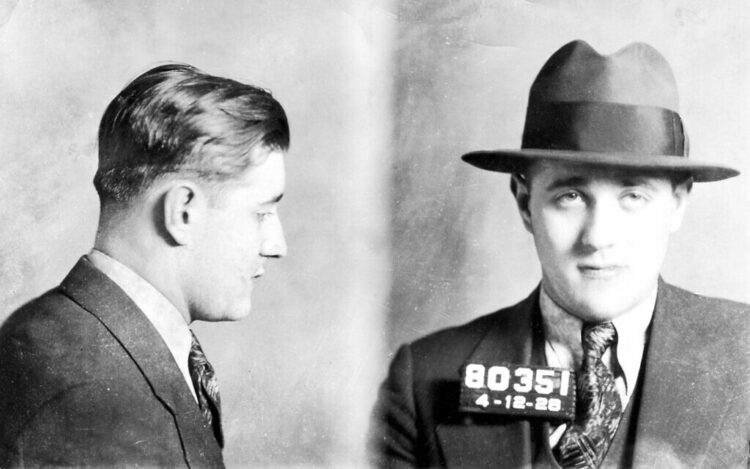
Siegel’s entree into Los Angeles was eased by George Raft, an old friend, ex-gangster and Hollywood movie actor. Siegel’s younger brother, Maurice, a physician whose education had been bankrolled by Siegel, lived in the upscale Beverly Hills district.
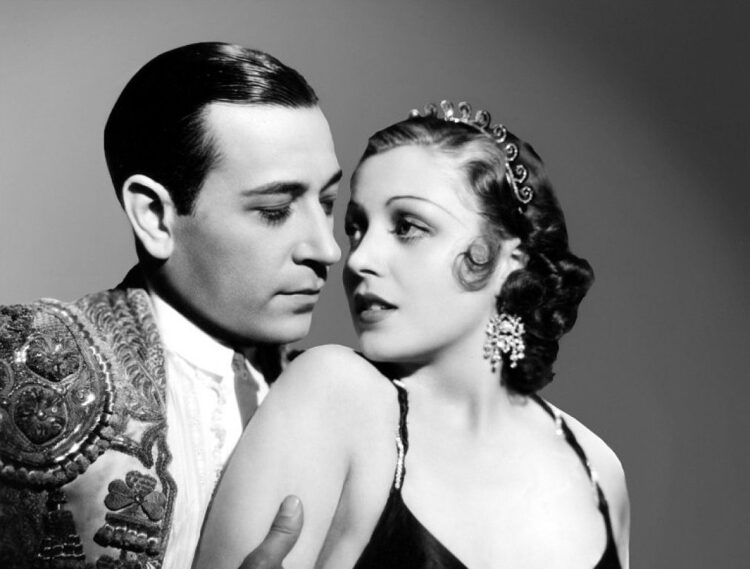
In 1937, Siegel started building a 10,000-square foot, 23-room dream home on a 1.7-acre plot in the sedate neighborhood of Holmby Hills. It would live there with his wife Esther and their two daughters, Millicent and Barbara. In the following year, they joined the Hillcrest Country Club, whose membership was exclusively Jewish. By then, he was earning up to $500,000 a year, a fabulous sum during the Depression.
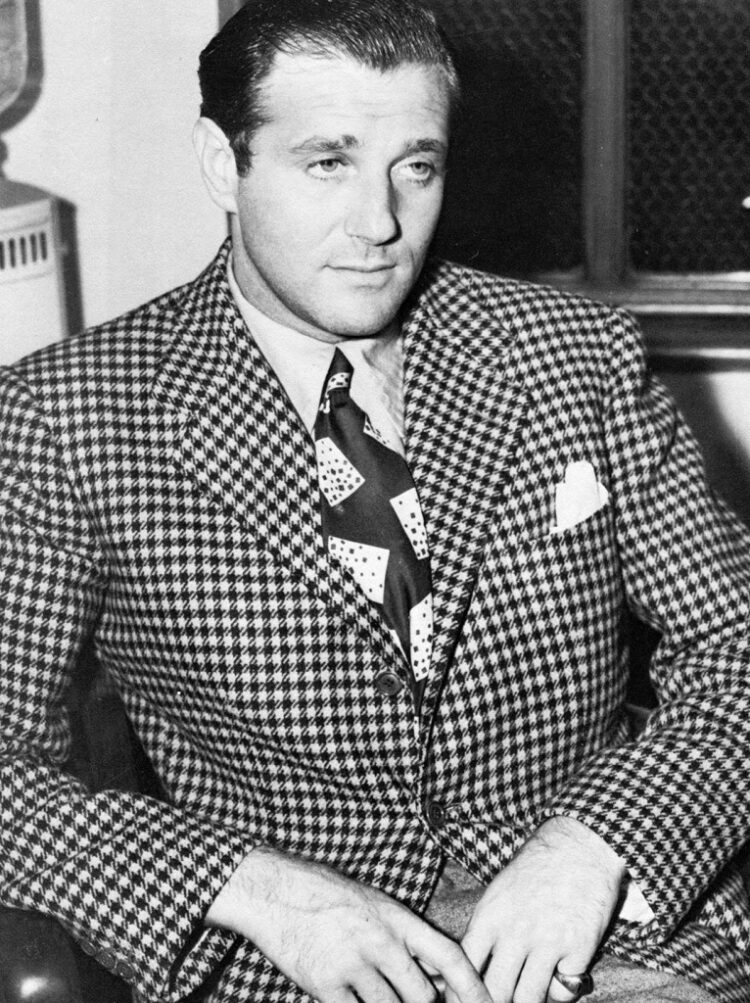
Thanks to Raft, Siegel socialized with movie stars like Cary Grant, Clark Gable and Gary Cooper. Tall, handsome and dapper in custom-sewn suits, immaculate silk monogrammed shirts and hand-made shoes, he impressed people with his suave and charming manners. “He was the storybook gangster to the romantic, emotional, almost childlike adults who populate the movie colony,” a local columnist wrote.
Although he neither drank nor smoked, Siegel was addicted to extra-marital affairs, his only vice. He appears to have had a dalliance with Jean Harlow, the platinum blonde actress who died prematurely in 1937. And he had a torrid affair with a starlet,Wendy Barrie.
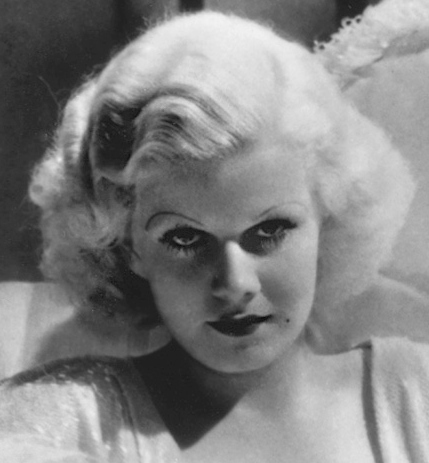
“He was in fact living a double life, often with Barrie but a family man whenever he came home,” says Shnayerson. “He appreciated Esther’s devotion to their daughters and admired her traditional values … In exchange, Siegel faithfully served as family provider, in the lavish manner his money allowed.”
In 1943 or 1944, he met a young, strikingly good looking aspiring actress from Alabama named Virginia Hill. She was so sensual and exciting that he could imagine divorcing his wife and marrying her. According to Shnayerson, they were kindred spirits. When Siegel told Esther about Hill, she moved back to New York City, no longer able to tolerate his flings.
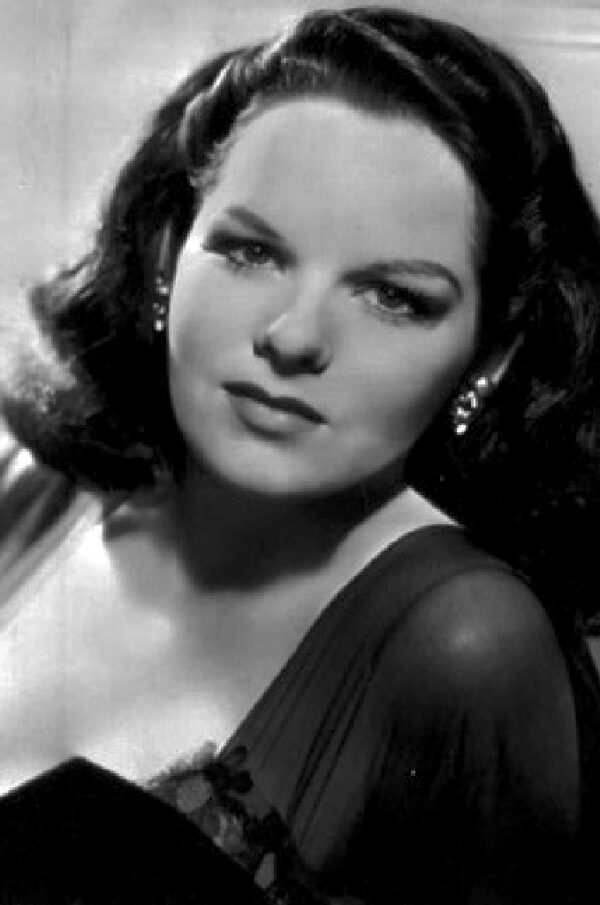
During the early 1940s, Siegel acquired shares in several casinos in Las Vegas, a scruffy town in the desert six hours away by car from Los Angeles. Since Nevada was the only state to permit gambling, he immediately understood Las Vegas’ potential. By the mid-1940s, Las Vegas was really ready for more business.
As Shnayerson puts it, “The highway from Los Angeles was better paved, the drive time shorter. For long-distance gamblers, commercial aviation now offered direct flights from New York and other far-flung venues. Within the casinos lay another comfort: cool air. Until 1945, (they) had to reply on ‘swamp coolers,’ modestly effective in public spaces, but of no help in guest bedrooms. That year the Carrier Corporation brought out in-room units that cooled, humidified, and dehumidified. Now all Vegas needed was an end to (World War II), so that homecoming soldiers could get their share of the fun.”
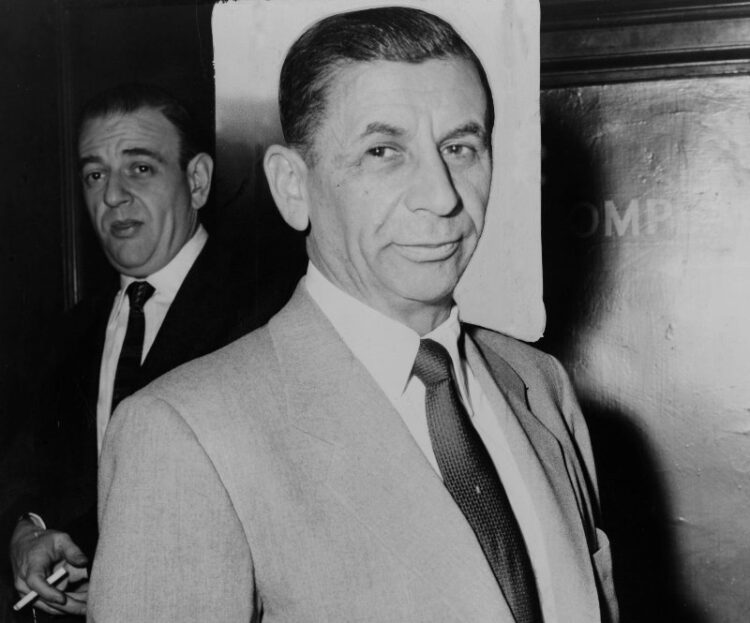
Siegel’s plan was to build a luxury hotel with a casino. It would be called the Flamingo. But Siegel ran into money problems, and Lansky advised him to bail out. The Flamingo’s budget had skyrocketed from $1 million to $6 million, but Siegel assured investors, many of whom were involved in criminal activities, that profits would soon be rolling in.
Siegel’s partner in this venture, Hill, was accused of reckless spending and skimming. Some investors, like Luciano, was certain that Siegel was also stealing their money.
The Flamingo opened in December 1946, but many of its rooms were unfinished, and the casino lost loads of cash. Business improved in 1947, but the mob still suspected Siegel of skimming.
Around this juncture, a Jewish emissary from Palestine turned up in Los Angeles to raise funds for the expected war with the Arabs. Siegel contributed $50,000 to the cause of Jewish statehood, but he would not live to witness the emergence of Israel.
Siegel was assassinated in Los Angeles on June 20, 1947. He was hit by five bullets to the head, neck and chest. “A police photographer took gruesome pictures of Siegel’s blood-covered body, sprawled on a sofa,” Shnayerson writes. “These are some of the grisliest photographs ever taken in the annals of organized crime.”
Siegel’s corpse was placed in a hermetically sealed silver-plated casket and buried in the Jewish section of the Hollywood Forever Cemetery, which contains the remains of, among others, Rudolf Valentino, Douglas Fairbanks, Judy Garland, Fay Wray, Peter Lorre and John Huston.
Siegel’s estate was worth $113,969, but most of it went to creditors and the Internal Revenue Service. He had not paid his taxes for the last three years and owed $22,000, plus interest.
Shnayerson speculates that Hill’s brother was instrumental in Siegel’s murder. His explanation is plausible.
After his untimely death, the Syndicate financed the construction of the biggest casinos in Las Vegas: the Desert Inn, the Sands, the Sahara, the Riviera, the Dunes, the Tropicana and so on. The majority of the builders were Jewish.
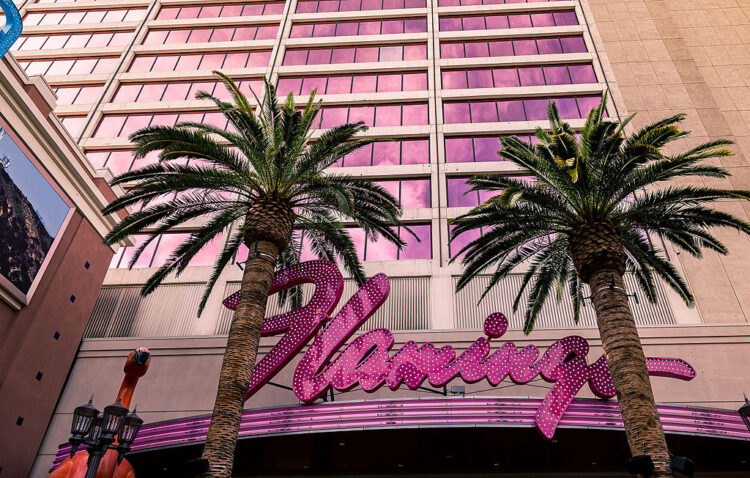
As for the Flamingo, it degenerated into a low-class casino, known for cheap food and rooms.
A few miles away stands one more edifice to Siegel and his colleagues in crime — the Mob Museum, which opened in 2012. “The museum marks a sea change for Las Vegas,” says Shnayerson. “Recognition, after decades of squeamishness from city officials, that mobsters helped shape its culture and history.”
Siegel is mouldering away, but he has not been forgotten.
